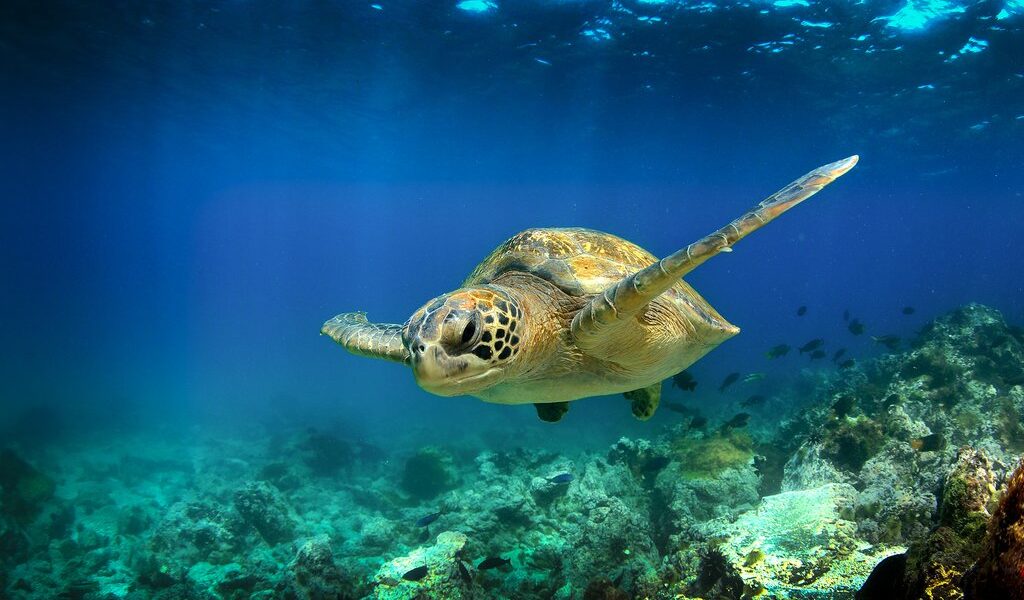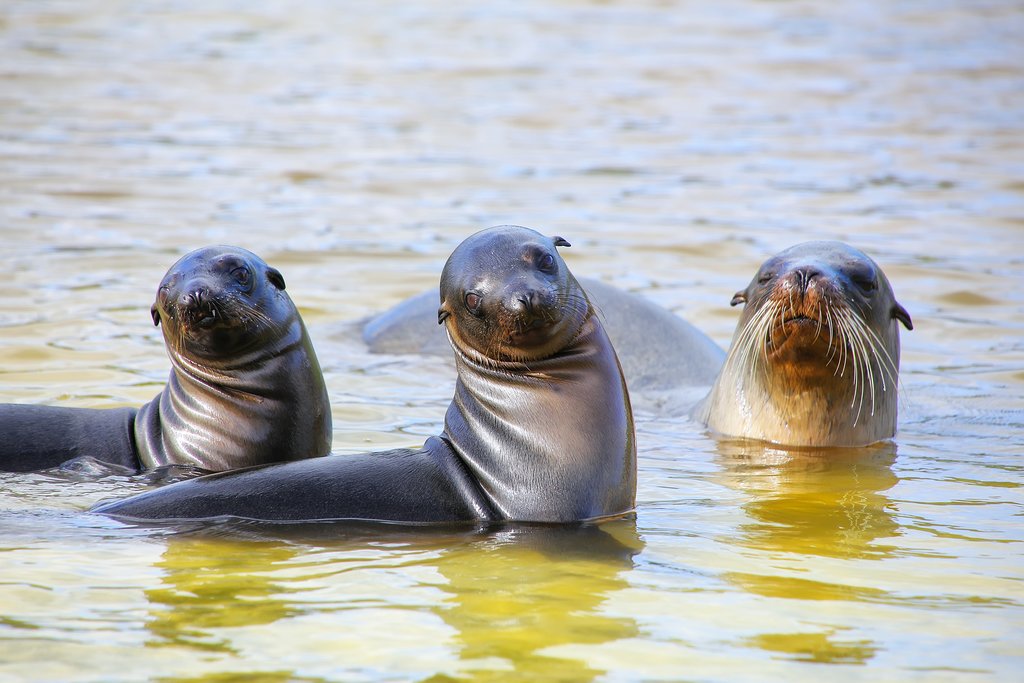
The Galápagos Islands comprise one of the world’s most extraordinary travel destinations, and the opportunity to observe the famous archipelago’s native creatures is especially magical for children. This guide tells you all you need to know to embark on the family adventure of a lifetime.
## An Extended Exploration of the Enchanting Galápagos Islands
Unveiling the Treasures: Highlights of the Galápagos
- Stand in awe before the gentle giants: Marvel at giant tortoises on Santa Cruz.
- Dive into an underwater playground: Snorkel with playful sea lion pups off San Cristobal.
- Meet the iconic residents: Get up close to blue-footed boobies, the world’s friendliest birds, and witness their charming courtship rituals.
- Journey through geological time: Explore the islands’ fascinating geology, a testament to volcanic origins and unique formations.
A Comprehensive Overview of the Galápagos Experience
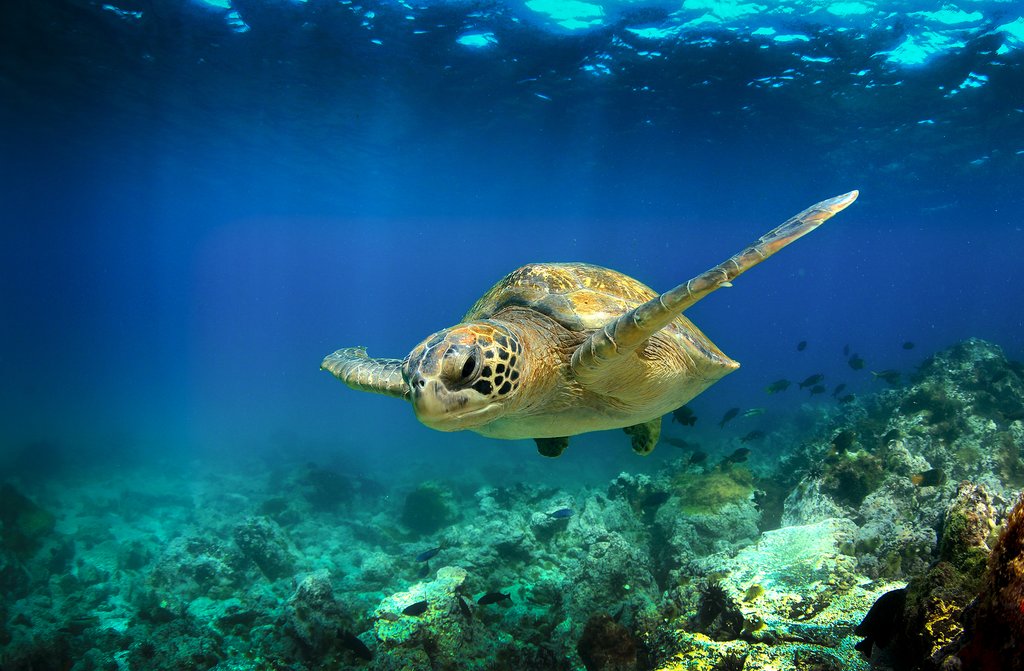
Imagine a place where wildlife roams freely, unafraid and unburdened by the typical human-induced anxieties of other ecosystems. This is the reality of the Galápagos Islands, a remote archipelago located approximately 600 miles off the coast of Ecuador. The remarkable lack of natural predators has fostered an environment where the local fauna exhibits an unparalleled tameness, allowing visitors to forge uniquely intimate connections with nature. This close proximity to the islands’ inhabitants is particularly enchanting for children, creating memories that will last a lifetime.
While the Galápagos Islands welcome visitors of all ages, a trip to this extraordinary destination is often considered a once-in-a-lifetime experience. Therefore, it is wise to consider the optimal timing for your family’s visit. Ideally, it is best to wait until your children possess the swimming skills necessary to fully embrace the abundant opportunities in the ocean. Furthermore, waiting until they have developed a genuine curiosity and appreciation for ecology and geology will enhance their overall experience. It is important to note that many tour operators have a minimum age requirement of 7 years old for children participating in their excursions.
On land, children will be captivated by the sight of the lumbering giant tortoises, ancient symbols of the islands, and the marine iguanas, basking in the sun on the volcanic rocks. The various walking trails throughout the islands present ample opportunities to witness the fascinating mating rituals of the local birdlife. Observe and decide for yourself which is more entertaining: the elaborate padding and marching displays of the comical blue-footed boobies or the impressive sight of frigatebirds inflating their vibrant red chests to the size of a basketball to attract a mate. In the pristine waters surrounding the islands, snorkeling alongside playful sea lion pups is an unforgettable thrill, and older children can embark on the exciting quest to spot reef sharks (which are harmless to humans), graceful rays, and gentle sea turtles. A rich tapestry of natural wonders awaits exploration in the Galápagos.
Navigating the Seasons: When to Embark on Your Galápagos Adventure
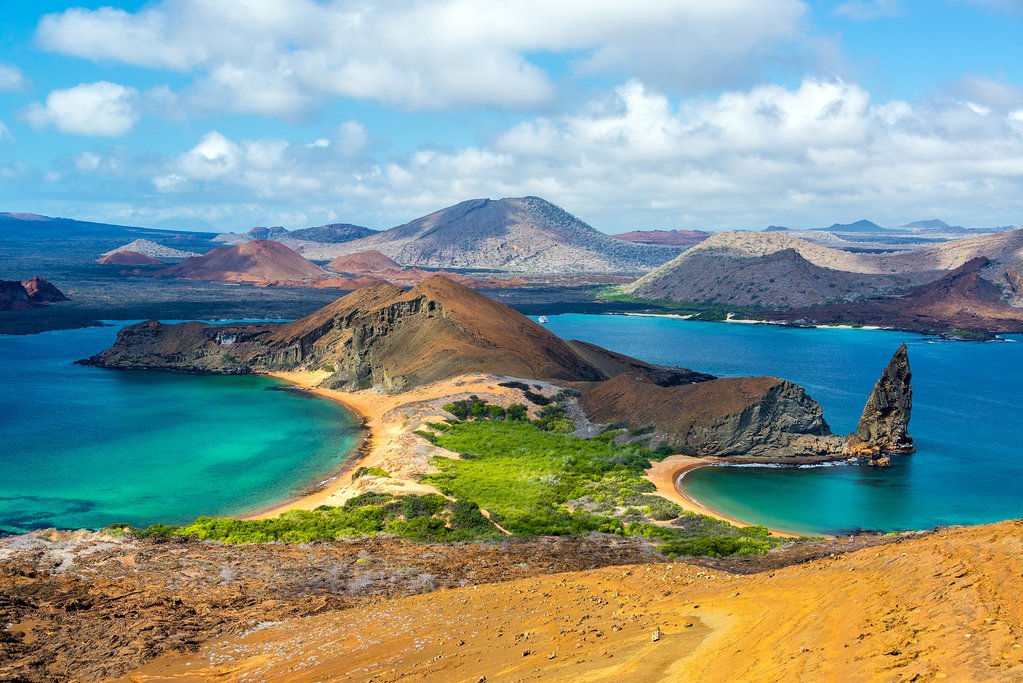
The beauty of the Galápagos Islands is that they can be visited throughout the entire year, each season offering its own unique appeal. The hottest season, which coincides with the high season for tourism, extends from December to April. This period is characterized by warmer temperatures and calmer seas, making it an ideal time to visit for those seeking pleasant weather conditions. July and August offer comfortably cool temperatures on land, but the colder seas may make swimming and snorkeling less enjoyable, particularly for children. If your travel schedule is flexible and not restricted by school vacations, consider visiting in May, which offers a quieter travel experience with generally favorable weather conditions.
Choosing Your Adventure: Cruises vs. Land-Based Tours
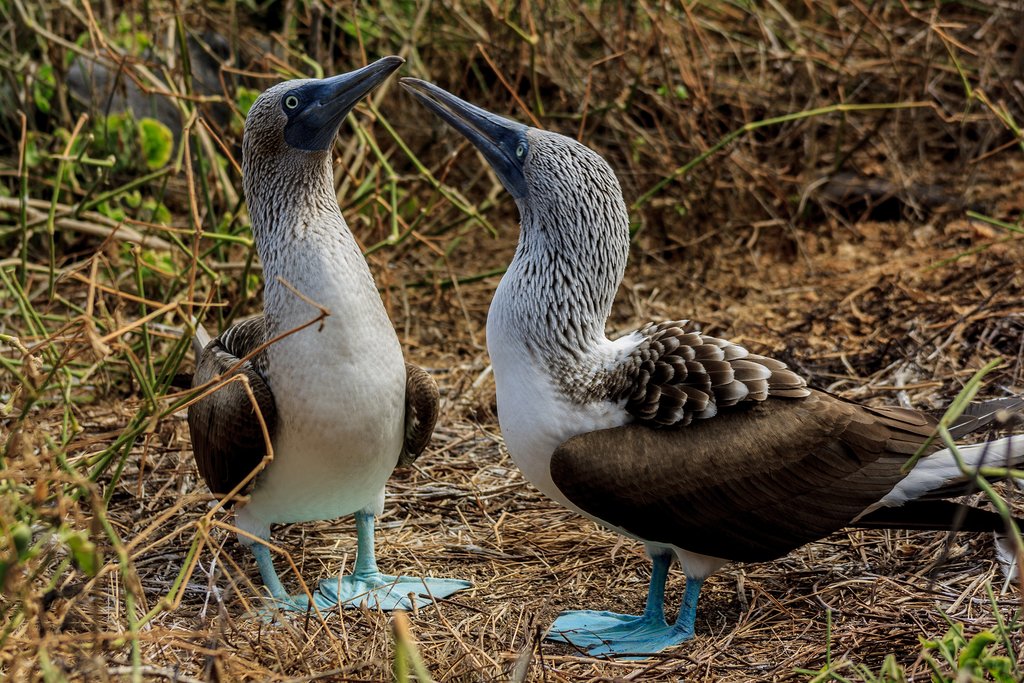
One of the most important decisions you will make when planning your visit to the Galápagos Islands is whether to embark on a cruise or opt for a land-based tour with day trips. Each option offers its own distinct advantages and disadvantages, catering to different preferences and travel styles.
The primary advantage of a cruise is the unparalleled opportunity to see more of the islands, travel further distances, and truly immerse yourself in the remote beauty of the archipelago, far removed from the bustling ports. Many sites are exclusively accessible via cruise ships, offering unique perspectives and experiences not available on day tours. Cruises typically involve sleeping at sea and traveling between different sites in the evening, allowing for early starts and maximized exploration time. This approach often appeals to adults and can be a suitable option for teenagers seeking adventure. However, it is important to consider that cruises can be less comfortable than land-based options, particularly unless you choose one of the more expensive luxury yachts. Furthermore, children can be more susceptible to seasickness, which may detract from their overall enjoyment.
Land-based tours often prove to be a more preferable option, especially for families with younger children. While land-based tours may cover less of the islands compared to cruises, they still provide ample opportunities to witness the incredible biodiversity and stunning landscapes of the Galápagos. The access to hotels and the greater variety of activities available on land make this option particularly well-suited for families. On land-based tours, you will stay in hotels and take day trips on smaller yachts, returning to port in the late afternoon. This allows for comfortable accommodations and flexibility in your daily itinerary.
Prioritizing Well-being: Health and Safety Considerations
Traveling to the Galápagos Islands requires the same vaccinations as traveling to mainland Ecuador, as all visitors must transit through Ecuador to reach the islands. It is essential to ensure that you and your family are up-to-date on recommended vaccinations, including those for typhoid, Hepatitis A, and Yellow Fever.
It is important to note that the water quality on the Galápagos Islands is comparable to that of mainland Ecuador. Therefore, it is advisable to avoid drinking tap water and instead opt for bottled water. To minimize the risk of illness, it is recommended to dine at reputable establishments and at your hotel. Exercise particular caution with shellfish, especially if your children have sensitive stomachs.
Remember that the islands are situated on the Equator, which means that the sun’s rays are particularly intense. Despite the comparatively comfortable climate, thanks to the cool ocean currents, it is crucial to protect yourself and your family from the sun’s harmful effects. Use plenty of high-SPF sunscreen, and ensure that everyone wears hats and sunglasses.
Many of the excursions involve swimming and snorkeling, so be mindful of the ocean currents. If your children are not strong swimmers, exercise extra caution and always buddy up when snorkeling. It is also advisable to bring appropriate flotation devices for younger children or those who are less confident in the water.
It is highly recommended to familiarize yourself with the Galápagos National Park rules prior to your visit. These rules are designed to protect the fragile ecosystem and ensure the well-being of the unique wildlife. Note that, while the various wildlife are generally friendly and approachable, it is imperative that you never touch the animals. Maintaining a distance of at least 6.5 feet (2 meters) is recommended to minimize disturbance and respect their natural habitat.
Unveiling Paradise: Family-Friendly Sites to Explore
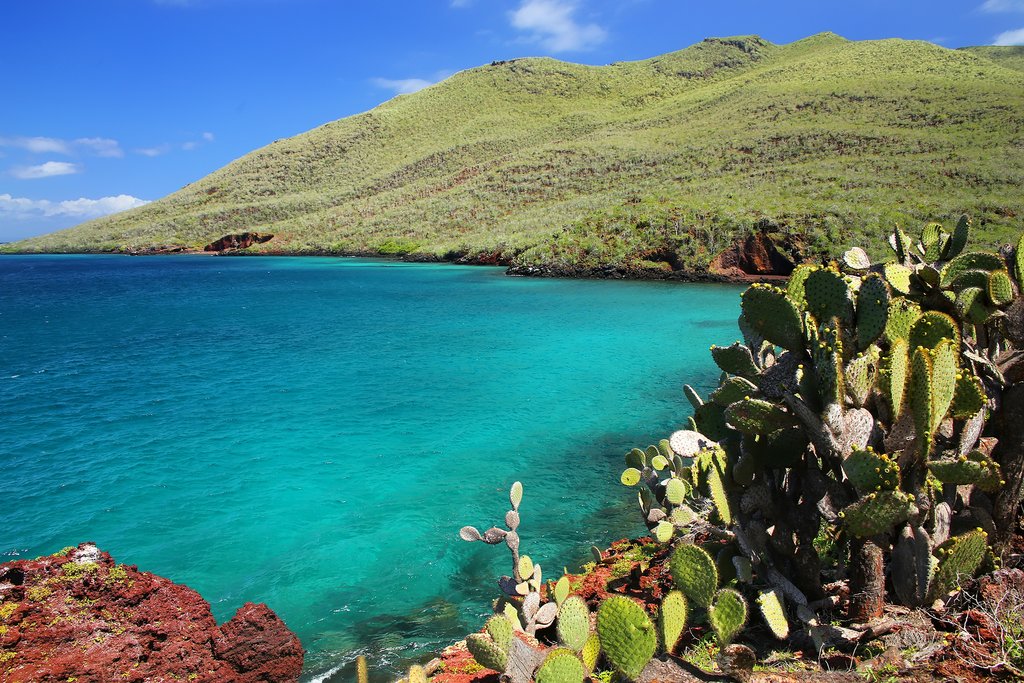
The islands listed below boast the most accessible sites, suitable for both land-based tours and cruises, making them ideal for family exploration. Please note that the following islands can only be visited on cruises: the southern island of Española, the northern island of Genovesa, and the western island of Fernandina. The remote northern islands of Darwin and Wolf, renowned for their hammerhead sharks and whale sharks, are exclusively visited by specialist dive boats, catering to experienced divers seeking thrilling underwater encounters.
Santa Cruz and its Surrounding Islands
Many tours are strategically based in Puerto Ayora, the archipelago’s largest town. This bustling port is a delight to wander around, with its vibrant array of restaurants and the frequent encounters with pelicans and sea lions lounging on the fishing jetties. Puerto Ayora and its surrounding areas offer a plethora of family-friendly attractions. The Charles Darwin Station, a mere 15-minute walk from the town center, stands as the premier destination to delve into the islands’ rich history and observe giant tortoises up close. Tortuga Bay, renowned as one of the best beaches in the Galápagos, is a scenic 45-minute walk from town along a well-maintained trail through a captivating cactus forest. Here, you can indulge in fantastic swimming in the sheltered bay at the end of the beach. For a refreshing dip in a unique setting, venture to Las Grietas, brackish waters nestled within a fissure, a half-hour walk from the dock at Angermeyer Point.
Venture into the highlands of Santa Cruz, where children will be captivated by Los Gemelos, impressive 30-meter-deep craters now adorned with lush flora and fauna. El Chato Tortoise Reserve presents the unparalleled opportunity to witness giant tortoises roaming freely in their natural habitat. A visit to this remarkable site is typically combined with an exploration of the nearby Lava Tunnels, formed by the solidified outer skin of an ancient lava flow, offering a fascinating glimpse into the island’s volcanic past.
Popular day trips to the small islands just off the coast of Santa Cruz include North Seymour, which boasts large populations of blue-footed boobies and magnificent frigatebirds. South Plazas is another excellent day trip destination, home to a thriving sea lion population exceeding 1000, one of the largest in the archipelago. Children will delight in getting close (while maintaining a safe distance) to the mothers and their pups. However, be mindful of the large males, as they can occasionally exhibit aggressive behavior. A day trip to Santa Fé Island offers excellent snorkeling opportunities, with frequent sightings of rays, turtles, sea lions, and reef sharks, promising an unforgettable underwater adventure.
Santiago and Bartolomé: A Volcanic Tapestry
The northern island of Santiago presents a mesmerizing barren landscape, punctuated by blackened lava trails, with Sullivan Bay standing out as the most captivating. Bartolomé, a tiny islet adjacent to Santiago, reigns as the most visited and most photographed site in the area. The jagged lava formation of Pinnacle Rock, set against the backdrop of twin half-moon-shaped beaches, creates a picture-perfect scene. The waters surrounding Bartolomé also offer excellent snorkeling opportunities, with frequent encounters with playful sea lions and charming penguins.
San Cristóbal: A Capital of Charm and Wildlife
This southern island is home to Baquerizo Moreno, the charming capital of the archipelago. While smaller in size compared to Puerto Ayora, it exudes a unique charm, complemented by a resident sea lion population that often naps on the beach. Northeast of town lies the Interpretation Center, offering a comprehensive historical overview of the islands. Further uphill is Frigatebird Hill, a nesting site for a large population of frigatebirds. From here, you can descend to Playa de Amor, a beach renowned for its excellent swimming and snorkeling conditions. South of town (a quick 10-minute taxi ride) is La Lobería, a habitat for a large sea lion population, along with marine iguanas basking in the sun.
By far, the best day trip from San Cristobal is to Isla Lobos and Kicker Rock. Isla Lobos stands out as one of the premier locations in the islands to snorkel with playful sea lion pups, a highlight of the trip for children. Further on, Kicker Rock (also known as Leon Dormido or Sleeping Lion) features a channel where reef sharks are commonly sighted. If you are a certified diver, this is an exceptional location to witness hammerhead sharks in their natural environment.
Floreana: History, Mystery, and Marine Wonders
Children will find the intriguing history of Floreana Island captivating. As the first island to be populated due to its freshwater supply, Floreana was shrouded in a mystery involving a German dentist who met an untimely demise through poisoning, and a Baroness who vanished one night with her lover, never to be seen again. A visit to the island today is considerably less mysterious, but equally compelling. Highlights include snorkeling at Devil’s Crown (accessible only to cruises) and Champion Island, observing sea lions at La Lobería, and experiencing the quirky tradition of Post Office Bay, where you can mail your own letter and children can partake in the tradition of taking a letter or postcard back home to mail.
Isabela: The Quiet Giant
The largest island in the archipelago, Isabela, is less frequented by tourists, offering a quieter and more secluded experience. Adjacent to Puerto Villamil lies Poza de Los Diablos, a large lagoon teeming with flamingos. Just 20 minutes outside town is a Tortoise Breeding Center, dedicated to the conservation of these iconic reptiles. The most notable site nearby is Las Tintoreras, providing fantastic snorkeling opportunities and the chance to spot reef sharks, penguins, sea lions, and turtles.
The geological highlight of Isabela Island is a hike to Sierra Negra, the second-largest volcanic crater in the world. The shorter trek (approximately four hours in total) to the lava cones of Volcan Chico is likely more suitable for children, while more adventurous families can tackle the six or seven-hour trek to the Sulphur Mines of the steaming volcano.
Unforgettable Encounters: Things to Do in the Galápagos
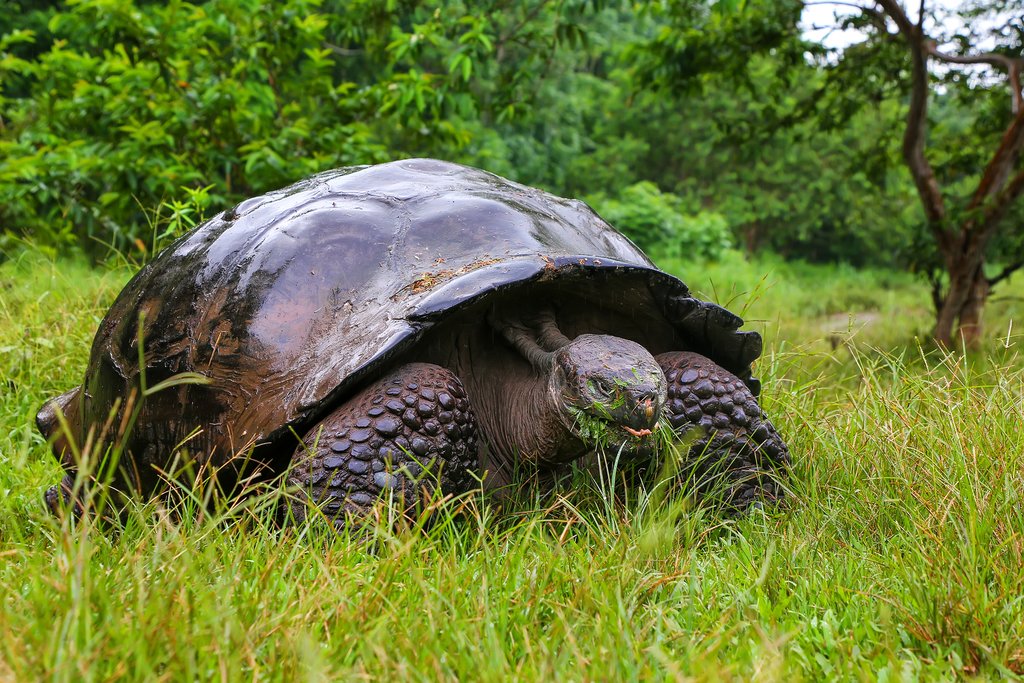
Beaches
For relaxation and sun-soaked bliss, Tortuga Bay’s Playa Manso stands out as the best beach on Santa Cruz. Playa de Los Alemanes, located closer to town, can become quite crowded during the high season. On the northern coast of Santa Cruz, Bachas Beach is often included in day trips and retains remnants of World War II military barges abandoned here. Its pristine white sand beach offers exceptional beauty. On San Cristobal, Mann Beach is the closest to town but tends to be busy. Playa de Amor, also known as Playa Cabo de Horno, provides a far better experience. On Isabela, the main port of Puerto Villamil boasts its own beach.
Snorkeling and Diving: An Underwater Wonderland
The Galápagos Islands offer unparalleled opportunities to swim and snorkel alongside remarkable wildlife. Snorkeling is an integral part of most tours, with warmer waters from December to May. From June to October, the waters can be colder, so appropriate thermal wear is recommended. The best snorkeling spots to swim with wildlife include Santa Fé, Champion Island on Floreana, Isla Lobos and Kicker Rock on San Cristobal, Bartolomé, and Las Tintoreras on Isabela.
The Galápagos offers fantastic diving experiences, but certification is required. Children can pursue the Junior PADI Open Water certificate from the age of 10 and upgrade to the full Open Water certificate from 15. Learning to dive in the Galápagos can be expensive and time-consuming, so it is recommended to arrive with prior certification. Note that many dive sites are too advanced for children.
Birdwatching: A Paradise for Ornithologists
The Galápagos Islands stand as one of the world’s premier destinations for birdwatching, offering extraordinary opportunities to observe birds up close with minimal fear of humans. Many types of finches can be found throughout the archipelago. These iconic birds inspired Darwin’s theory of evolution, demonstrating how different species adapt to their unique environments. Blue-footed boobies are a popular highlight, beloved for their entertaining mating rituals and curious gazes. Magnificent frigatebirds impress with males inflating their chests to basketball-sized proportions to attract mates. Albatrosses coming into land are a particular delight, best observed on the southern island of Española. The Galápagos Penguin, among the smallest penguins globally and the only penguin found north of the Equator, offers delightful encounters while snorkeling or basking on rocks.
Geology: A Volcanic Legacy
The otherworldly volcanic landscapes of the Galápagos Islands are an integral part of their allure. The scarcity of freshwater deterred larger endemic species, enabling a unique ecosystem to flourish. The volcanic legacy is evident everywhere, from the lava tunnels and sunken craters on Santa Cruz to the lava trails on Santiago, the submerged volcanic cone of Devil’s Crown on Floreana, and the hike to Sierra Negra on Isabela. Children will be captivated by the opportunity to walk in these surreal volcanic landscapes.
B-896

